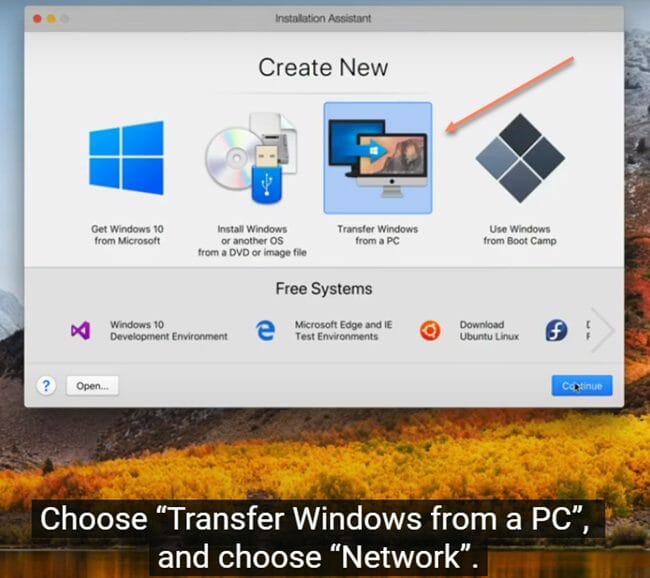
As we've seen from some of the recent reports, a Mac can run Windows faster than a native PC machine, and it's a nice solution.
Parallels 13 vs vmware fusion 10 benchmark mac os x#
Here, Mac OS X is nowhere to be seen, and if you want to switch back and forth, you have to reboot the machine. If you are like most, you are looking to understand the differences between Apple's Boot Camp, VMware Fusion, and Parallels Desktop.īoot Camp, as you probably know, allows you to run Windows natively on your Intel Mac. Part of the reason many people own an Intel-based Mac is because of the possibility of running Windows. The big questions they want to answer is, which solution do you go with? Does virtualization work well? Which virtualization product is faster? Should I run XP or Vista? In short, there are different answers for different people. And, the Mac Pro was a 4GB RAM machine, running a Quad Core configuration with two 2.66 GHz Dual-Core Intel Xeon processors. The MacBook Pro was a 4GB RAM machine, running a 2.16 GHz Core 2 Duo processor.

The MacBook was a 2GB RAM machine, running a 1.83 GHz Core Duo processor. Over 2500 tests were performed comparing a brand new Fujitsu Lifebook A6025, with an Intel Core Duo running at 1.86 GHz, 1GB RAM, running Windows XP SP2, a MacBook, a MacBook Pro, and a Mac Pro.

The benchmarks were designed to see how well Parallels and VMware Fusion stacked up to each other and against Apple's Boot Camp or to a PC. MacTech Labs has released an extensive benchmark study of Intel-based Mac virtualization solutions.


 0 kommentar(er)
0 kommentar(er)
